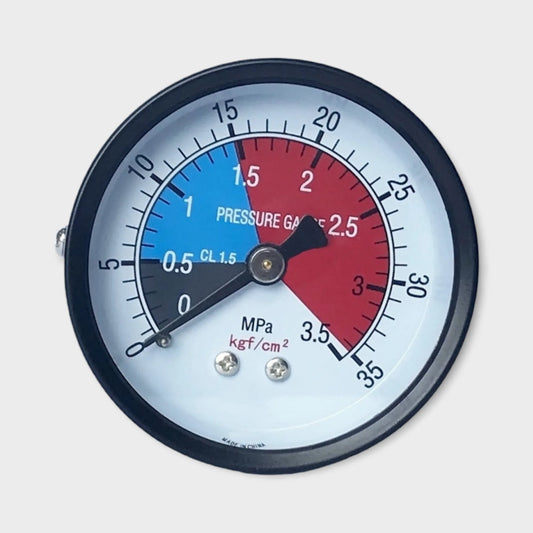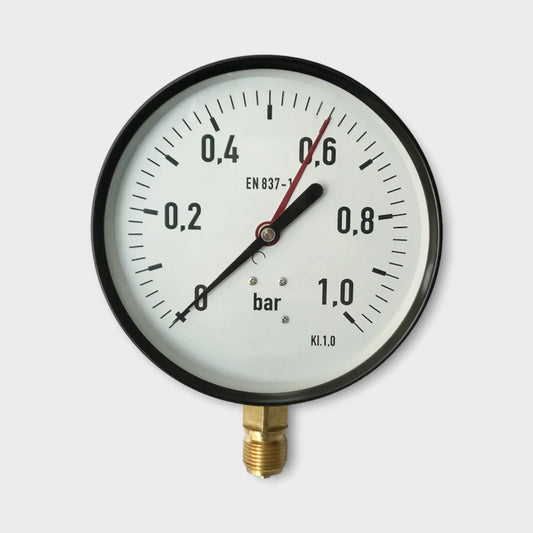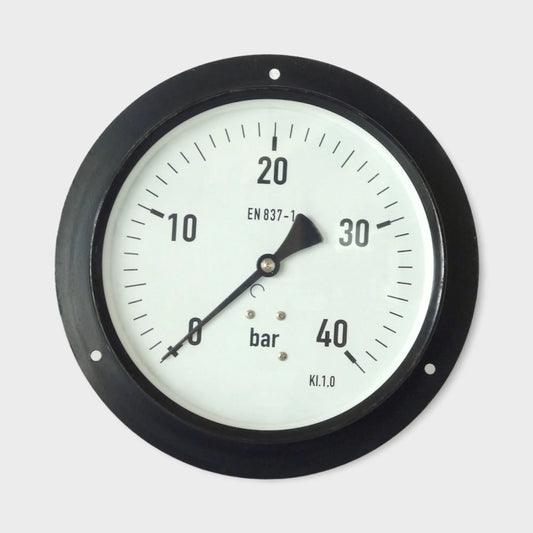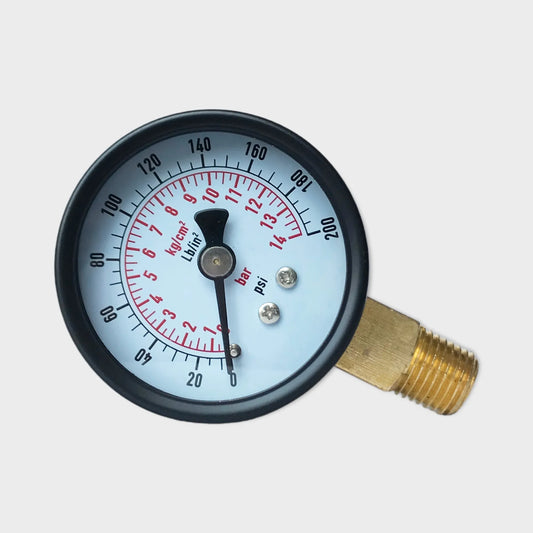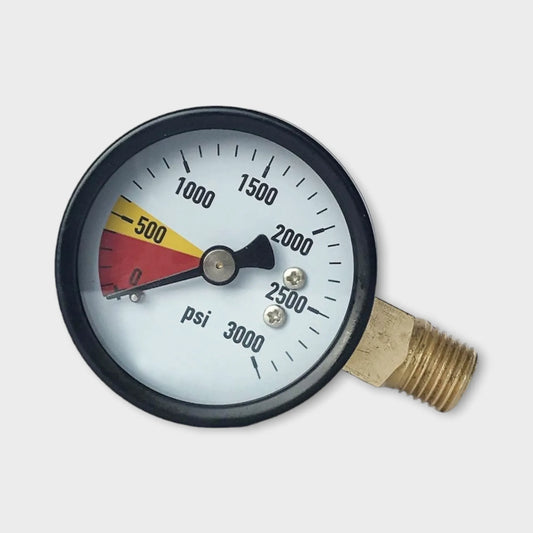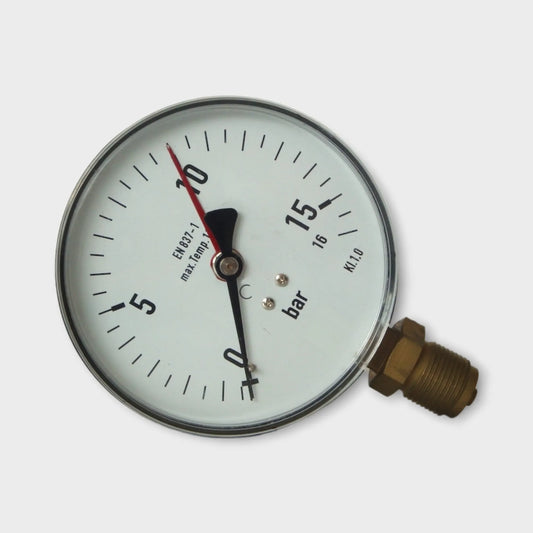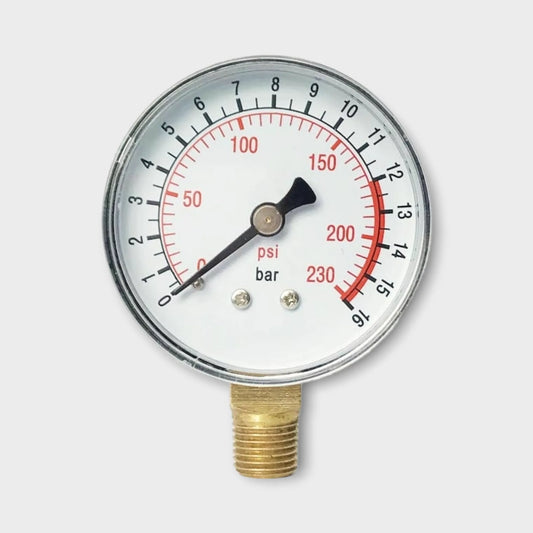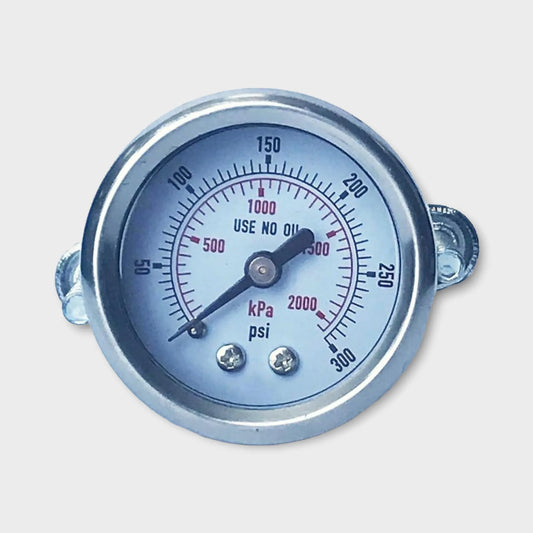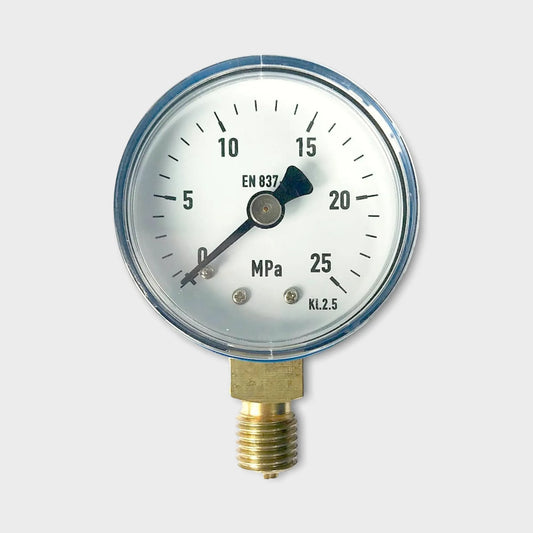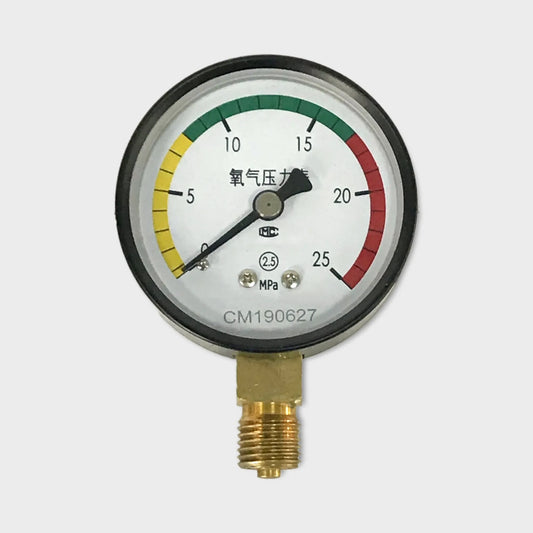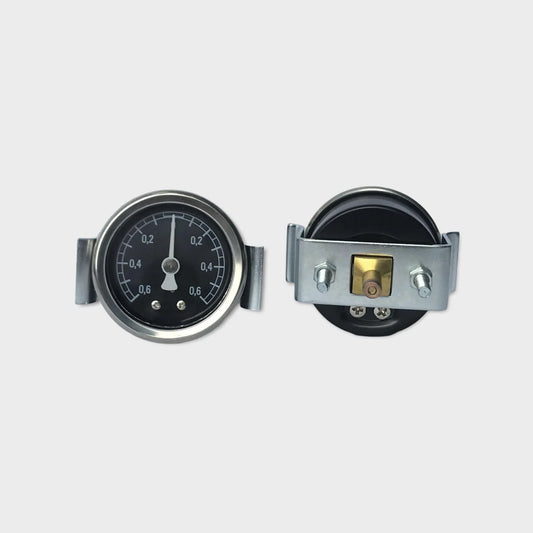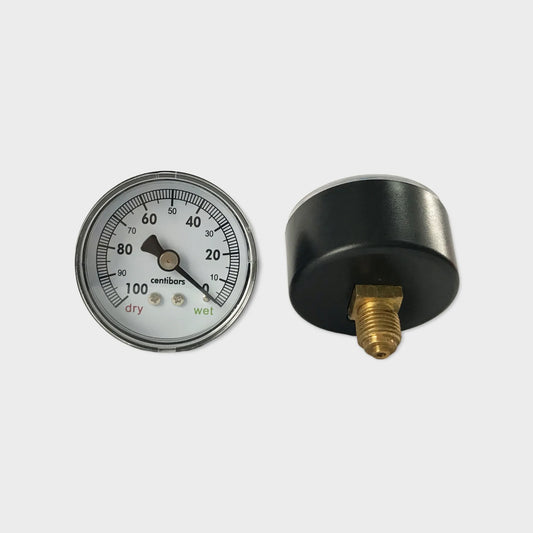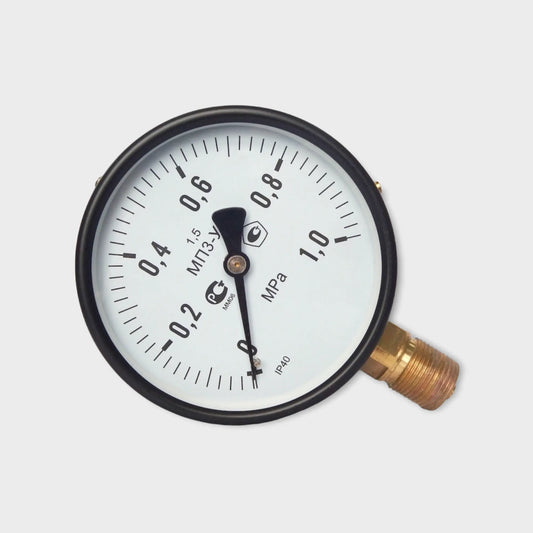An HVAC pressure gauge is a type of pressure measuring instrument specifically designed for use in heating, ventilation, and air conditioning (HVAC) systems. These manometers are used to measure and monitor pressure levels in HVAC systems, which include components like air handlers, ductwork, refrigerant lines, and other equipment involved in controlling indoor climate and air quality. HVAC manometers assist HVAC technicians and engineers in maintaining the proper functioning of HVAC systems for efficient heating and cooling operations.
Here's a detailed overview of HVAC pressure gauges:
1. Purpose in HVAC Systems:
HVAC pressure gauges are used to measure the pressure of gases or liquids within different parts of an HVAC system. Monitoring pressure is essential to ensure proper airflow, refrigerant levels, and overall system efficiency. These gauges help technicians diagnose issues, such as blockages, leaks, or improper pressures, and make necessary adjustments to maintain optimal performance.
2. Types of HVAC Pressure Gauges:
There are several types of manometers used in HVAC applications, including:
- Refrigerant Pressure Gauges: These gauges are specific to HVAC systems that use refrigerants for cooling. They measure the high and low-side pressures of the refrigerant in the system, helping technicians ensure proper refrigerant charge and system performance.
- Differential Pressure Gauges: Used to measure the pressure difference across components such as air filters, coils, and dampers. These gauges help assess the condition of the system and identify issues that might be affecting airflow.
3. Components and Features:
HVAC pressure gauges share components and features with other manometers, but they are tailored for HVAC systems:
- Dial and Scale: The meter has a dial marked with a pressure scale calibrated in units relevant to HVAC systems, such as psi (pounds per square inch) or kPa (kilopascals).
- Pointer: The pointer indicates the pressure reading on the dial.
- Connector: The connector allows the pressure in the HVAC system to be applied to the gauge.
- Cover: Protects the dial and pointer from environmental factors and damage.
4. Applications:
HVAC pressure gauges are used in various aspects of HVAC system maintenance and troubleshooting, including:
- Refrigerant Charging: Ensuring the correct refrigerant pressure levels for efficient cooling.
- Airflow Measurement: Assessing differential pressures across filters, coils, and dampers to maintain proper airflow.
- Diagnosing Issues: Identifying blockages, leaks, or malfunctions that affect system performance.
- System Testing: Pressure testing during system commissioning to verify proper operation.
5. Importance and Considerations:
HVAC manometers play a crucial role in maintaining HVAC system efficiency, indoor comfort, and air quality. When using HVAC pressure gauges:
- Precision: Select gauges with appropriate accuracy for the required measurements.
- Refrigerant Compatibility: Choose gauges compatible with the type of refrigerant used in the HVAC system.
- Regular Maintenance: Calibrate and maintain the gauges to ensure accurate readings.
- Safety: Follow safety protocols when working with pressurized systems.
In summary, HVAC pressure gauges are specialized instruments used to measure pressure levels in heating, ventilation, and air conditioning systems. They aid HVAC professionals in ensuring proper system operation, energy efficiency, and indoor comfort.

